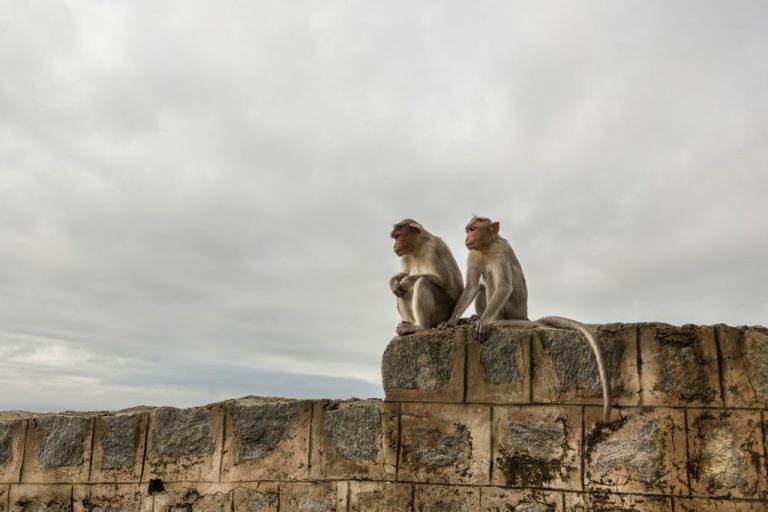Monkey menace is an all too familiar occurrence in India. Every day, growing in confidence and numbers, monkeys disrupt homes or places of work, looking for food, creating a mess or causing damage to property, and sometimes becoming aggressive. People across India suffer around 1,000 monkey-bite injuries every day.
Ankita Shukla, a self-confessed ‘big-time animal lover’, is using artificial intelligence (AI), cloud computing, and her passion for the animal kingdom to help solve the problem through a Microsoft AI for Earth grant.
Ankita is a Ph.D. student at the Indraprastha Institute of Information Technology (IIIT) in Delhi and has undertaken a research career developing machine-learning and deep-learning algorithms. Her desire to care for animals led to an innovative approach to addressing the problems that occur when people live side by side with monkeys because of displacement as towns and cities grow and expand into territories that were once the exclusive domain of wild animals.
Ankita has helped put together a project to make population-control methods more focused and effective, weaving together AI tools, machine learning, and Microsoft Azure to record and recognize individual monkeys. That data is then combined with projects to administer contraception or carry out sterilization procedures.
Step one involves encouraging the Delhi public to get out there and take pictures of their simian neighbors. Those are then fed to a database to identify similar matches. The inclusion of geolocation data allows the researchers to see the nature of a group’s travels across a given area and detect population displacements.
At the moment, her project is working with a dataset of around 4,000 images of 93 monkeys – that’s small enough to be processed manually while training the algorithm to recognize individual faces. Further ahead, many more images will be needed to cover the variety of the vast monkey population which will need powerful cloud computing resources. Once a larger dataset has been gathered, the processing will take place on the Microsoft cloud platform.
They’re also working on a mobile app that will make it possible for the public to take photos of monkeys, tag their location, and upload them directly to the project’s database. Researchers from IIIT and conservation biologists from Wildlife Institute of India would then be able to identify and locate monkeys that require sterilization. The process is safer and a less stressful alternative to physically tagging the monkeys.


